New Patient Comprehensive Exam

When you are a new patient, we evaluate your overall health history to see how it affects your oral healthcare and vice versa. We get to know you as a person and better understand your dental needs and desires. If you have any dental anxiety, we will work at your pace to make you feel more comfortable or explore other options to ease your anxiety. A comprehensive exam will be completed along with full mouth x-rays to evaluate your previous dental work and check for any conditions or necessary treatment.
Fillings

All of the Fillings that we do here are composite fillings that will match your natural tooth color.
Crowns

A dental crown may be needed in the following situations:
- To protect a weak tooth (for instance, from decay) from breaking or
to hold together parts of a cracked tooth - To restore an already broken tooth or a tooth that has been severely worn down
- To cover and support a tooth with a large filling when there isn’t a lot of tooth left
- To hold a dental bridge in place
- To cover misshapened or severely discolored teeth
- To cover a dental implant
- To make a cosmetic modification
Implants


A dental implant is an artificial tooth root surgically implanted into your jawbone. A crown will be place on the upper portion of the implant so it will look like any other teeth in the mouth. It is a popular tooth replacement option after tooth loss or extraction. This will also help to prevent additional damages to the surrounding teeth and restore your jaw into proper function again.
Extractions (Take Out A Tooth)

The dentist may recommend tooth extraction if you have tooth decay, infection, or crowding. To take a tooth out is easy, but to replace it is harder. Our dentist will explore options with you on whether or not to have the tooth taken out and options on what can be done to replace that missing tooth.
Abscess


An abscess is an infection of the tooth.
Signs and symptoms of a tooth abscess include:
- Severe, constant, throbbing toothache that can spread to your jawbone, neck or ear
- Pain or discomfort with hot and cold temperatures, pressure when chewing
- Swelling in your face, cheek or neck that may lead to difficulty breathing or swallowing
- Foul odor in your mouth
Bruxism (Grinding)

These factors increase your risk of bruxism:
- Stress. Increased anxiety or stress can lead to teeth grinding. So can anger and frustration.
- Age. Bruxism is common in young children, but it usually goes away by adulthood.
- Personality type. Having a personality type that’s aggressive, competitive or hyperactive can increase your risk of bruxism.
- Medications and other substances. Bruxism may be an uncommon side effect of some psychiatric medications, such as certain antidepressants. Smoking tobacco, drinking caffeinated beverages or alcohol, or using recreational drugs may increase the risk of bruxism.
- Other disorders. Bruxism can be associated with some mental health and medical disorders, such as Parkinson’s disease, dementia, gastroesophageal reflux disorder (GERD), epilepsy, night terrors, sleep-related disorders such as sleep apnea, and attention-deficit/hyperactivity disorder (ADHD).
In most cases, bruxism doesn’t cause serious complications. But severe bruxism may lead to:
- Damage to your teeth, restorations, crowns or jaw
- Tension-type headaches
- Severe facial or jaw pain
- Disorders that occur in the temporomandibular joints (TMJs), located just in front of your ears, which may sound like clicking when you open and close your mouth
Orthodontics

- Braces. Composed of backets that are affiliated to teeth and wires that are threaded through the slots in the backets. This may not look pleasant, but will move all the teeth to where it needs to go within the treatment planned time.
- Clear Aligners. Clear, thin, plastic-like trays that are formed to fit an individual’s teeth. Patients are responsible for insertion and removal. This treatment is best for minor movements and is great for working adults.
- Retainers. Removable, clear, thin, slightly flexible, and made of a plastic-like material. They fit the exact shape and placement of the teeth to prevent them from getting crowded.
